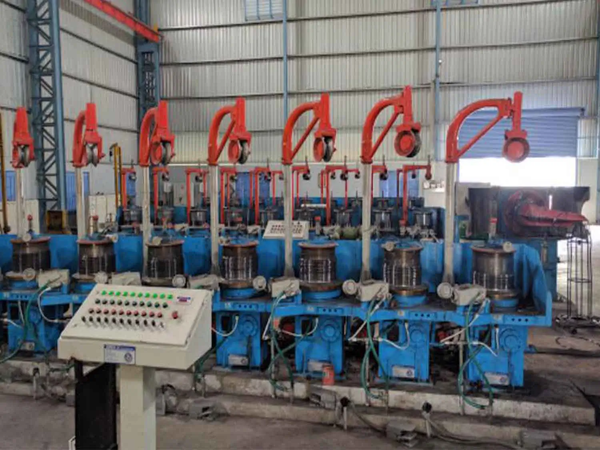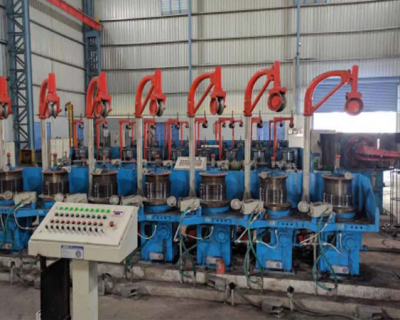Blog

Wire Drawing
All kinds of wire drawing dies have their own characteristics. The wire drawing die made of natural diamonds is not only the most expensive but also extremely challenging to process due to its complexity. Additionally, the anisotropic nature of natural diamonds leads to significant variations in hardness across the radial range, making them susceptible to severe wear in specific directions. Consequently, natural diamond dies are only suitable for processing wires with a small straight diameter. On the other hand, cemented carbide dies have a lower hardness but can still produce high-quality wires with low surface roughness. However, their wear resistance is relatively poor, resulting in a shorter lifespan for the dies.
A wide range of wire drawing dies has its own features. Among them, the wire drawing die of a diamond is the most costly, and it is additionally extremely challenging to process.
The hardness of natural diamonds varies significantly, making them prone to excessive wear in specific applications. They are more suitable for handling wires with small diameters. On the other hand, while solid carbide dies offer low surface roughness and enable the production of high-quality wires, their wear resistance is poor, resulting in a short lifespan for the die.
CVD covering wire drawing die has great resistance because of its diamond execution. Wire drawing usually has a low surface roughness, but the production system and handling of CV coating wire drawing dies are complex, difficult, and costly. When the coating wears off, the die wears quickly, leading to compromised processing quality and rendering it non-reusable, thus necessitating its disposal.
Drawing dies can handle various metals and alloys such as steel, copper, tungsten, molybdenum, etc. However, drawing dies made of different materials have their specific processing capabilities. When drawing dies of different materials used for the same wire rod, their wear patterns and service life vary.
In this way, wire drawing die dust providers and their sensible determination of the drawing die materials are the way to guarantee fruitful application. Drawing dies of various materials have moderately sensible handling of objects.
The drawing process’s rationality focuses on aligning the mechanical, physical, and chemical properties of the drawing die and wire rods. This alignment aims to achieve the longest possible service life for the die.
Ensuring the rationality of the attracting process involves coordinating the mechanical, physical, and chemical properties of the drawing die and wire poles. The goal is to maximize the dust’s service life.
The functionality of Straight Line Wire Drawing Machine:
Machines are based on modular construction, in combination with blocks, and don’t need any exceptional establishment.
Better usefulness because of higher drawing speeds, free of twist activity and better cooling.
Simple activity and quicker threading.
High tension Narrow gap, inward water cooling for high productivity cooling of wire.
Much better completion wire quality because of a gentler treatment of the wire during the drawing system. Also optimized wire cooling.
Exceptionally compelling pneumatic slowing mechanism if there should be an occurrence of an emergency crisis.
Better ecological conditions because of expanded dust assurance.
More noteworthy flexibility and lower current utilization because of present-day AC drive innovation and effective power transmission systems.
Read more: All about Wire Nails Making Machine Sharpening Dies
Please visit our official Facebook Page for updates from us.
For more details about our products, you can Contact Us.


